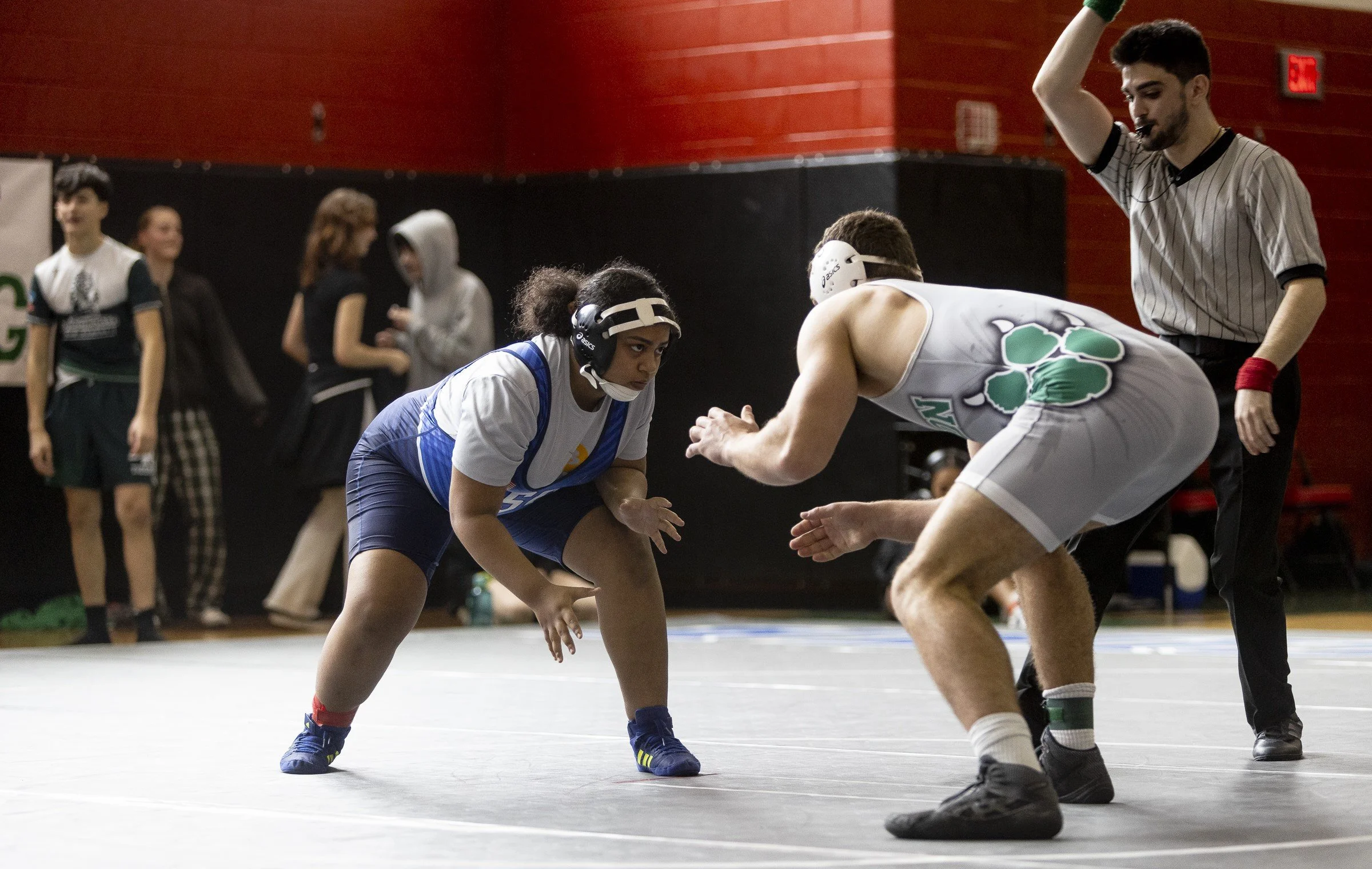Photo: DCIAA
The following article was originally published in the Aspen Institute’s State of Play Washington D.C. report. The report assesses the opportunities and barriers for more children to access sports and physical activity in our nation’s capital.
Charter schools comprise 36% of Washington, D.C.’s high school population, but only 22% of high school sports participants. Similar challenges to grow sports participation occur at the elementary and middle school levels for charters, which struggle more than any other school stakeholder to access facility space and financial investments for sports.
It’s a common challenge for charters across the country. As of 2017-18, less than 4 in 10 (39.8%) charter schools nationwide offered interscholastic sports to their students; for traditional schools, it’s twice that (81.4%). Sports aren’t a major feature at many charters — a category born from a desire by parents for greater school choice.
Some educators are fine with having no sports in charter schools. They say sports divert dollars from academic pursuits and can reshape the school culture in unhealthy ways, particularly when games become community entertainment.
“Charter schools focus on academics first, but athletics is a way for us to keep our kids engaged and provide safe opportunities for them throughout the day,” said Kendra Williams, regional athletic director at KIPP DC, which offers expansive sports opportunities. “A lot of charter schools are just now realizing the importance of sports. You can be in the IB program academically and still be an athlete. You don’t have to compromise one to be great at both.”
A team of dedicated educators founded KIPP DC’s first school in 2001, in a church basement in southeast Washington. Since then, KIPP DC has scaled from 80 students in one middle school to 7,300 pre-K to 12 students across 20 schools. After more than 10 years of existence, KIPP DC started offering sports because of student demand to alleviate rigorous academic days.
In another example, the Friendship Public Charter School system has made significant investments in athletics. Friendship Collegiate high school has long been competitive locally and nationally in football. Friendship Tech Prep, a high school of less than 300 students, is a rising basketball powerhouse that will soon move into a gym at its newly constructed school building.
But many charters lack sports facilities. Some have attached gyms. Less often there are fields and tracks. Charters have smaller student sizes, creating challenges to field rosters, and often lack ways to transport students to facilities far from campus given budget constraints. This means their playing spaces are limited to near their school, or they reduce practice days to save money for transportation to games.
Inspired Teaching Demonstration School started offering basketball to middle school students in 2022-23 and later added cross country, track and field, flag football and soccer. Miosha Dangerfield, the school’s athletic director, operates with an annual budget of less than $10,000 — not enough to get new flag football uniforms that she had hoped for, given other needs.
“It’s been trial by error, especially budget-wise because I’m not used to a tight budget,” Dangerfield said. “We have great athletes in the building and that’s why I’m pushing for (sports). At first, a lot of kids came to middle school here and transferred to another school because we didn’t have sports. Parents are looking for schools that offer sports because parents want nice schools. They want to apply later for a private school and say (their child) played sports for this middle school.”
Charters often must form their own interscholastic leagues, having been denied access to established leagues dominated by traditional schools whose leaders aren’t always happy with the siphoning of students and dollars into charters. In D.C., athletic leagues play a crucial role in how sports are offered and governed within school settings. DCPS schools are members of the District of Columbia Interscholastic Athletic Association (DCIAA), Catholic schools play in the powerhouse Washington Catholic Athletic Conference, and most independent schools join leagues that fit their athletic philosophy and competitive level.
Meanwhile, public charter schools belong to the Public Charter School Athletic Association (PCSAA), which lacks a paid administrator and must be managed by overburdened athletic directors. Very few D.C. charter schools have financially stable budgets for sports.
“They want to have athletics, and their ADs are actively working to improve their programming,” Williams said, “but financially it’s very tough.”
Solutions
The good news for charter schools: While many are relatively new to sports, they also bring fresh perspective that can help update and strengthen the school sports model. It’s not necessary for charters to produce the exact same model as traditional public and private schools. But charters do need more support as they continue to dip their toes into athletics.
Identify affordable sports that interest students
Football is the second-most played sport by high school students in D.C. charter schools, but it’s the most expensive and injury-inducing sport. Ultimate frisbee can be a great option to get students moving at scale for close to no cost. Players organize practices and games, so there are no coaches or refs. Ultimate can be played in any open field that’s 70 yards by 40 yards. Equipment is negligible. About 200 high school students in D.C. played ultimate in 2023-24, equitably distributed among public, charter and private schools, according to DCSAA data.
Invest in building more sports facilities for charter schools
Charters educate nearly half of the city’s public-school students, but most lack gyms or fields. Some rely on public fields or traveling to neighboring cities for practices and games. Those charters that do have space could benefit by building places for children to play.
Partner with everyone
That’s the advice of leaders from ICEF View Park, a charter K-12 school in Los Angeles that the Aspen Institute previously studied. Despite having only 450 students and no athletic facilities on campus, View Park offers seven interscholastic sports, five intramural sports and three clubs tied to physical activity. The school couldn’t host any sports programming if not for many community partnerships. In D.C., charters could build relationships with DPR and work with local universities on programs, spaces and curriculum.
Hire a director for the PCSAA
Administering D.C.’s charter school league has become increasingly complex for volunteers. It’s only going to continue as more charters add athletic programs. Most leagues in D.C. have a paid employee to help administer programming, such as securing event locations and creating and enforcing rules among members. For charter school sports to effectively grow, PCSAA will need a permanent paid employee.
Jon Solomon is Community Impact Director of the Aspen Institute’s Project Play initiative. Jon can be reached at jon.solomon@aspeninstitute.org.




